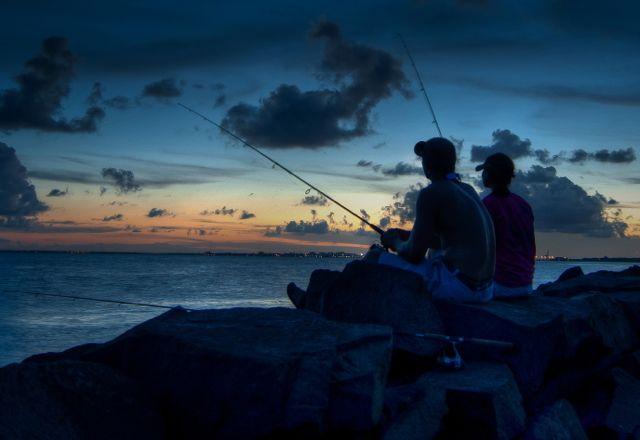
Fishing in the dark means full#
Our experience shows that, despite initial frame and knowledge limitations, full probabilistic methods are worth considering in data limited scenarios and that the design-based point estimates and variances they provide on recreational fishing effort and catches are useful in guiding initial management and the next steps of survey improvement. We suggest ways, whereby indirect sampling frames can be developed from initially incomplete or limited information to access the fishers and their catch. In this paper, we reflect on the challenges that limitations in initial information poses to the design and deployment of a new recreational fisheries survey. That additional information opens possibilities to refine the design of the original survey and optimize the sampling effort towards different goals, such as other fished resources. Concurrent data collection covering aspects such as boat counts at access points, provided additional information on e.g. The final multi-stage sampling design involved multiple strata, clusters, and probability selection methods and enabled first-time estimation of Swedish recreational landings of western Baltic cod by private boats to be used in stock assessment. Sampling dates, times for sampling, and access points visited were selected using probabilistic methods, ensuring unbiased results. In this study, a registry of access points was constructed for the Swedish south–west coast and used as a spatial sample frame in determining both effort and catches of the private boat fishery. precise and unbiased) on recreational fishing can be challenging, particularly when prior knowledge of the sector is limited and a proper sample frame of recreational fishers or vessels does not exist. To achieve sustainable fisheries, advice to management should be based on reliable science and unbiased data. Of the diversity and quantification of catch composition. If significance differences inĭiel patterns exist, the incorporation of a nocturnal component is necessary to avoid misrepresentation Findings highlight the importance of evaluating differences between day and night catchesīefore defining a sampling design of a recreational fishing survey. Of some commercially important species, e.g. Differentįish sizes were targeted by the fishery when night and day periods were compared. Significant diel patterns in catch composition, fish sizes, and catch rates were detected.Ĭatch diversity was lower at night, although the species profile overlapped by 35.9%. Discrepancies betweenĭaytime and night-time catches in a shore angling fishery in the mid-Atlantic were investigated in On recreational fishing, however, neglects the nocturnal component.

It may be necessary to combine daytime and nocturnal sampling.

To get a complete picture of how fish assemblages are affected by recreational fishing


 0 kommentar(er)
0 kommentar(er)
